Kansas City, situated on the border between Missouri and Kansas, has a rich history of urban development that spans back to the 19th century. Here is a brief overview of key points in the city’s urban development history:
- 19th Century Origins:
- Kansas City was founded in the 1830s as a port city along the Missouri River.
- The city grew rapidly during the mid-19th century, fueled by westward expansion, the Oregon Trail, and the California Gold Rush.
- The Hannibal Bridge, completed in 1869, played a crucial role in making Kansas City a major transportation hub.
- Railroads and Economic Boom:
- The late 19th century saw the development of an extensive railroad network, further solidifying Kansas City’s role as a key transportation center.
- The city became a major livestock and meatpacking hub, earning the nickname “Cowtown.”
- City Planning and Design:
- In the early 20th century, efforts were made to modernize and plan the city. The City Beautiful movement influenced the design of parks and boulevards, including the notable Country Club Plaza.
- Jazz and Cultural Heritage:
- During the 1920s and 1930s, Kansas City became a significant center for jazz, with famous musicians such as Count Basie and Charlie Parker contributing to the vibrant cultural scene.
- Segregation and Civil Rights Movement:
- Like many American cities, Kansas City experienced racial segregation, particularly in the mid-20th century. The African American community played a significant role in the civil rights movement.
- Suburbanization and Interstate Highways:
- In the post-World War II era, suburbanization took hold as people moved away from the city center. Interstate highways, such as I-70 and I-35, facilitated this trend.
- Urban Renewal and Redevelopment:
- In the mid-20th century, urban renewal projects sought to revitalize certain areas. This included the construction of the Crown Center and the redevelopment of the River Market district.
- Economic Diversification:
- In recent decades, Kansas City has diversified its economy beyond agriculture and manufacturing. The city has become a center for technology, healthcare, and finance.
- Revitalization Efforts:
- The 21st century has witnessed ongoing efforts to revitalize the downtown area, with projects like the Power & Light District and the Streetcar line contributing to a renewed urban vibrancy.
- Cultural and Sporting Hub:
- Kansas City has developed a reputation as a cultural and sporting destination. The construction of stadiums like Arrowhead Stadium (Chiefs) and Kauffman Stadium (Royals) has contributed to this image.
- Challenges and Future Development:
- Like many cities, Kansas City faces challenges such as infrastructure needs, affordable housing, and addressing social and economic disparities. Future development will likely involve sustainable practices and continued efforts to enhance the quality of life for residents.
The history of Kansas City’s urban development is a dynamic narrative that reflects broader trends in American urbanization, economic shifts, and societal changes over the past two centuries.

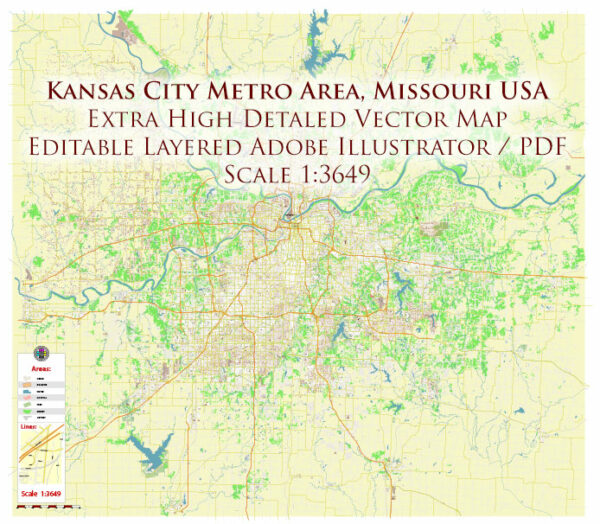
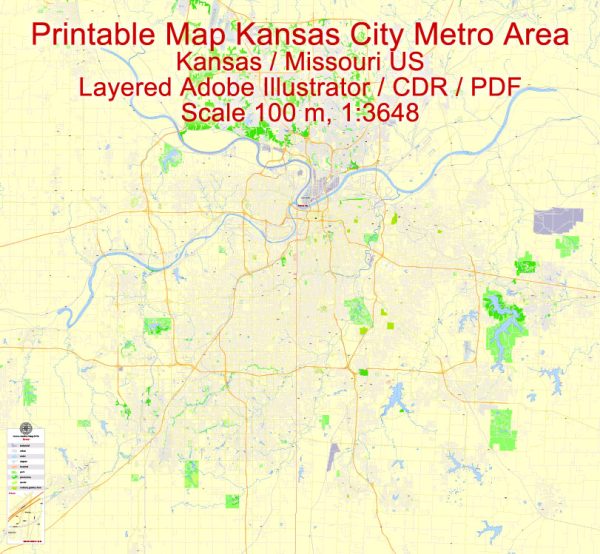
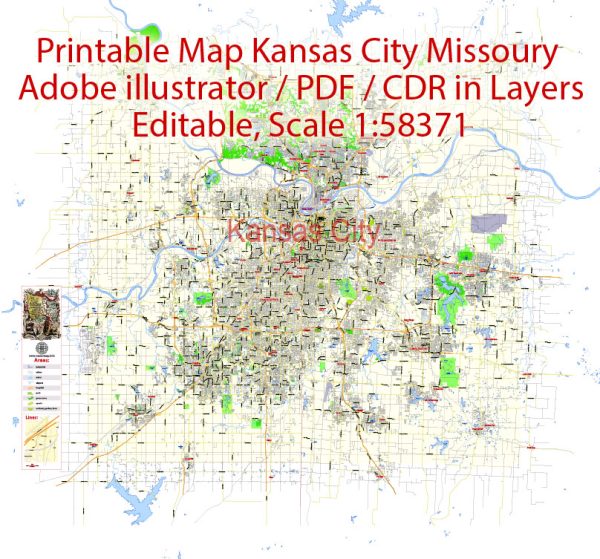
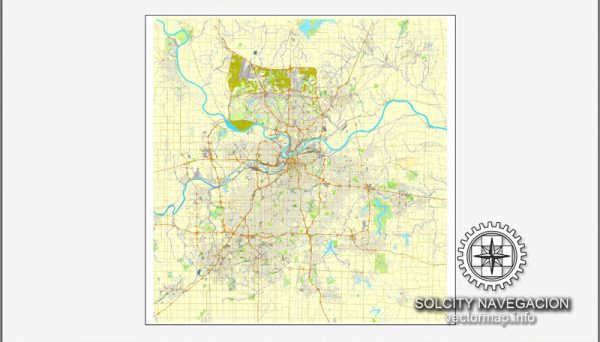
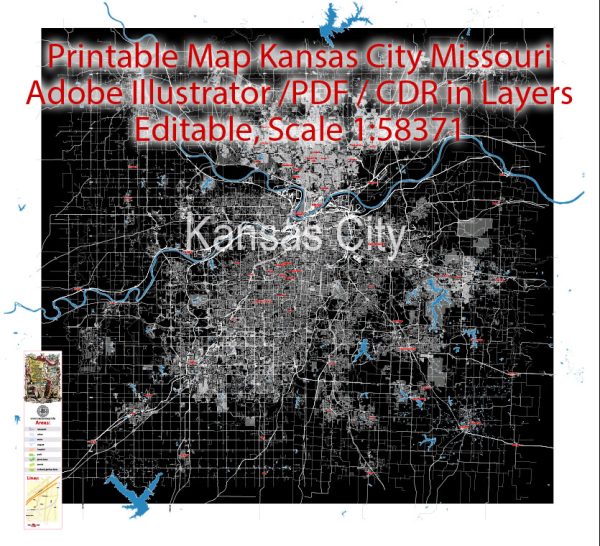
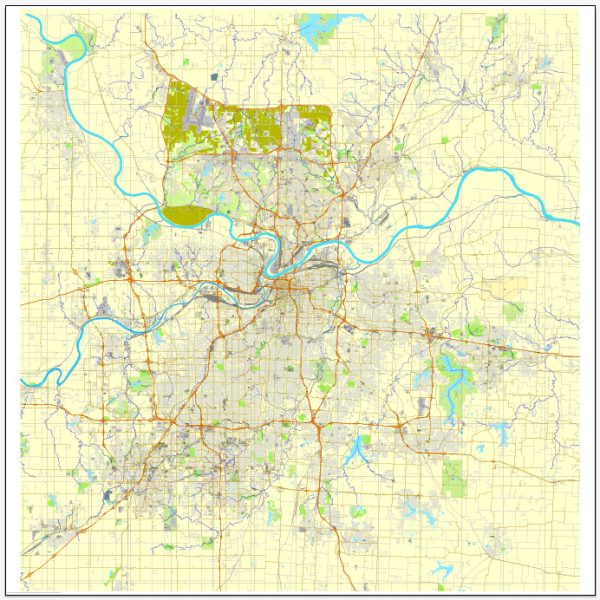
 Author: Kirill Shrayber, Ph.D.
Author: Kirill Shrayber, Ph.D.